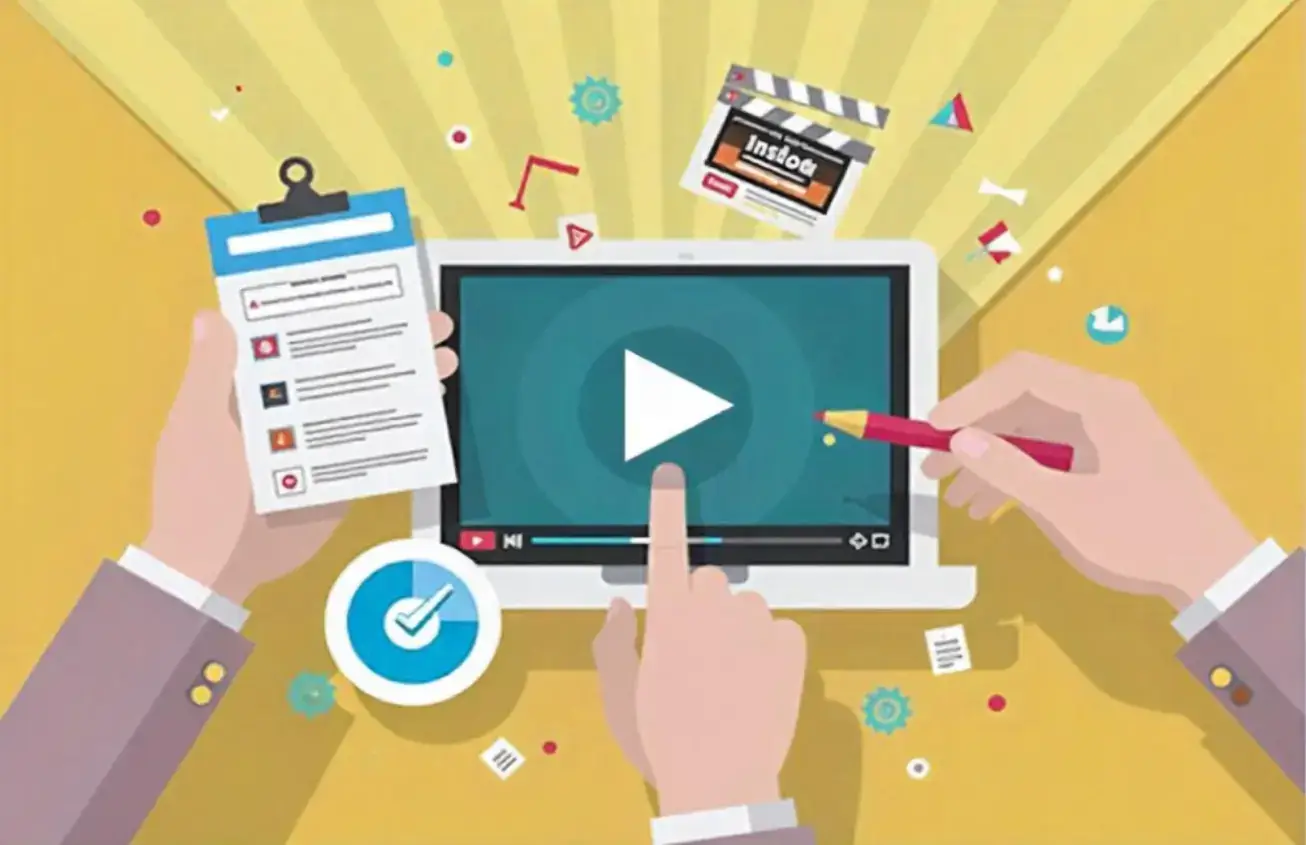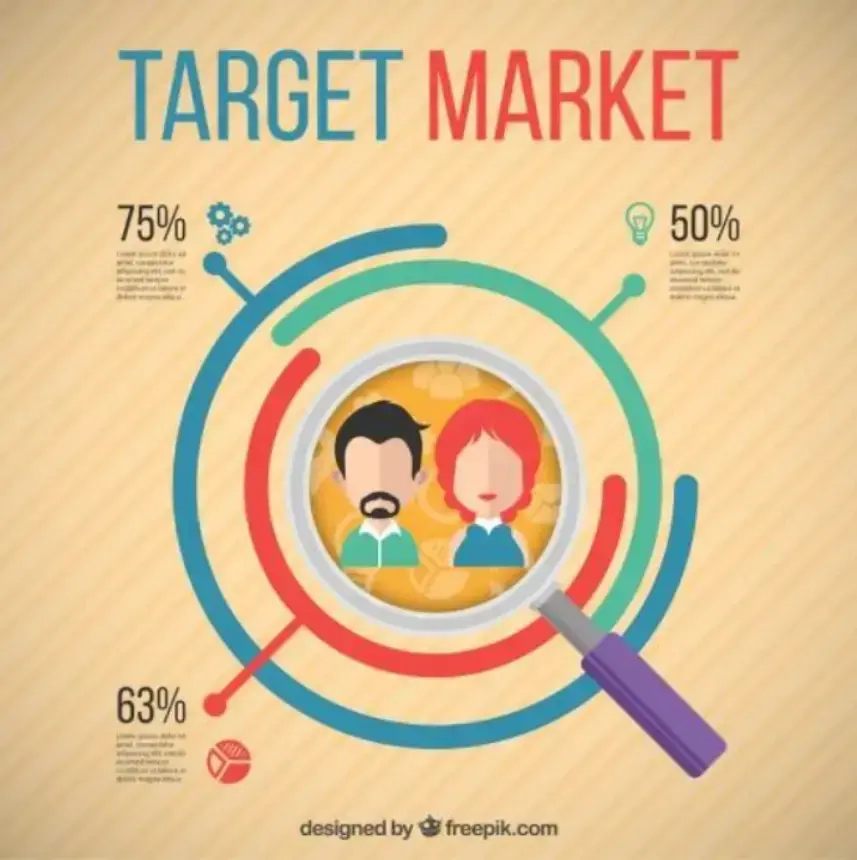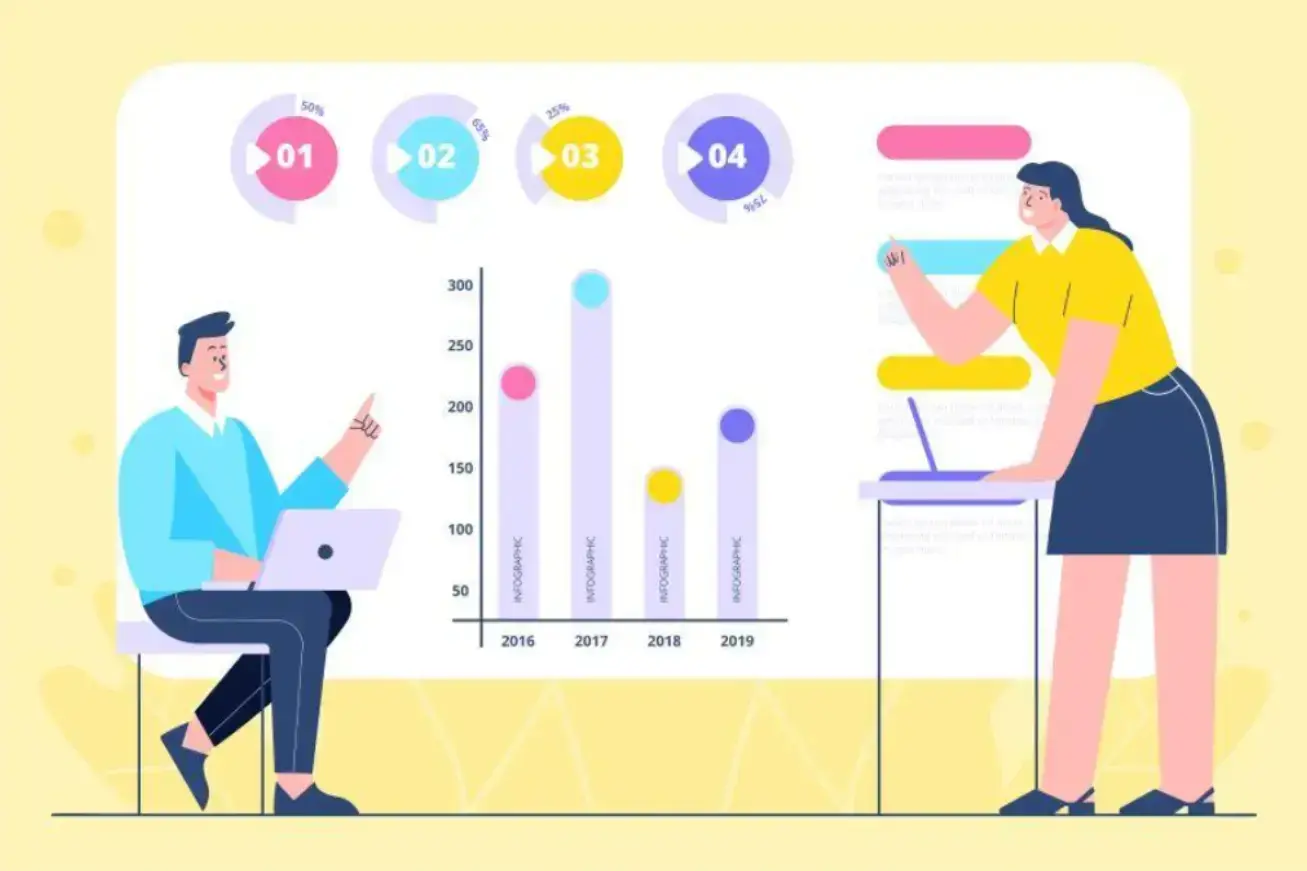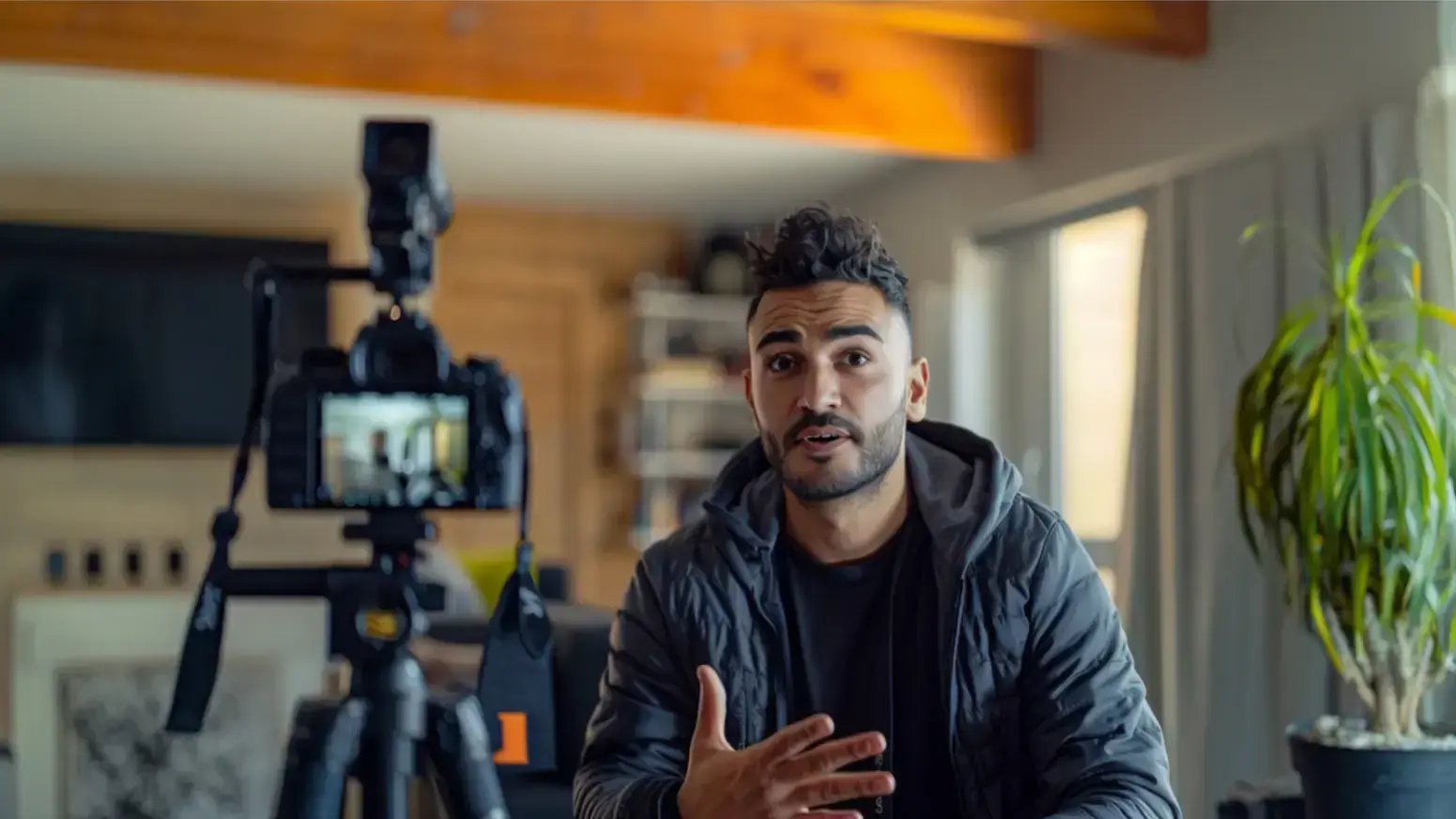In today's digital landscape, where attention spans are short and competition is high, businesses are continuously looking for new ways to engage their audiences. One technology that has emerged as a game-changer in this regard is video marketing.
And now, with AI video generator tools in play, it's easier than ever to join the new content trends.
In this article:
- Top 6 Video Marketing Strategies for Business Growth
So, if you haven't tried including video in your marketing approach yet, now is the time!
This thorough guide explains the benefits of video marketing, defines effective video marketing strategies, and provides the resources you need to grow your brand.

Why Should Businesses Use Video Marketing?
Many people like to learn visually, and video can express difficult concepts quickly and effectively. Video marketing is not a fad; it is an integral component of a strong marketing plan that may produce significant results.
For instance, research indicates that video content can boost the conversion rates of landing pages by up to 80%. By using videos for business, you gain in various ways:
- Increased Engagement: Video material is inherently more engaging than text or photos. It uses both visual and audio elements to catch the audience's attention.
- Improved SEO: Search engines prefer video material, especially when optimized. Websites that include video content are 53 times more likely to appear on the first page of Google search results.
- Higher Retention Rates: People are more likely to recall what they've seen. Thus, when viewers see a video, they retain more of the material compared to text.
Top Six Video Marketing Strategies for Business Growth
With these compelling benefits in mind, let's examine the precise tactics for integrating video marketing into your business growth plan.
1. Establish a Clear Objective for Your Campaign

Before you create a single frame of content, you must first identify clear objectives for your video marketing campaign. Identifying your core goal helps guide your content, approach, and KPIs for success.
Common objectives for video marketing include:
- Increasing brand awareness
- Generating leads or sales
- Educating your audience
- Encouraging participation on social media channels
Once you've established your goals, make sure they are SMART—Specific, Measurable, Achievable, Relevant, and Time-bound. By being clear about your goals, you can design your video content to reach them efficiently.
2. Employ SEO Optimization for Videos

SEO applies to more than just text—video content must also be optimized to rank highly in search engines. As mentioned, videos appear higher in search results, making optimization critical.
Here's how to optimize your video material for SEO:
- Keyword Research: Identify the keywords your target audience searches for and include them in titles, descriptions, and tags.
- Thumbnails: Create visually appealing thumbnails that reflect your video content accurately.
- Engaging Descriptions: Add detailed descriptions to provide context and increase discoverability.
- Incorporate ADA Video Compliance: Use subtitles and audio descriptions to meet ADA video compliance guidelines while improving SEO and accessibility.
3. Select the Right Type of Video
When using the best AI video generator, it’s important to choose the right type of video.
Not all videos are created equally. Different varieties serve distinct objectives and audiences. Begin by researching the types of video content available and matching them to your specific goals.
- Explainer Videos: Ideal for offering a quick overview of products or services.
- Testimonials: Feature customer testimonials that build trust.
- Live Videos: Engage your audience in real-time through Q&As or insights.
- Product Demos: Demonstrate how your product works and its benefits.
Choosing the right video type can significantly impact how well you communicate your message and prompt action from your audience.
4. Understand Your Target Demographic

Identifying your audience can influence the content, tone, and style of your videos. Consider how factors like age, gender, interests, and location affect viewing habits.
Analytics tools, surveys, and audience personas can help you understand your viewers' preferences. For example, if your target audience is millennials, you might use a casual and relatable tone.
To create engaging videos for your audience, consider collaborating with promotional video production companies to enhance production quality and storytelling.
5. Conduct Performance Analysis

Once your video campaigns begin, ongoing analysis is essential for determining what works and what doesn’t.
Key performance indicators (KPIs) such as view counts, watch time, click-through rates, and engagement metrics can provide valuable insight.
Use tools like Google Analytics or YouTube Analytics to monitor your videos’ performance. If needed, adjust your approach based on these insights to refine your results.
6. Make a List of the Required Tools
To create high-quality video material, you must know the essential elements of a good video marketing strategy.
While you don’t need a Hollywood budget, investing in the right equipment and software can improve your video quality. Here’s a checklist of must-have tools:
- Camera: A high-quality smartphone or DSLR camera works for most productions.
- Microphone: Use an external mic for clear audio quality.
- Software: Online video editing software like Vmaker AI, Adobe Premiere Pro, or FlexClip.
- Lighting: Use ring lights or softboxes for proper illumination.
With the right tools in hand, you’re better equipped to create stunning and compelling video content.
FAQs
1. What is a video marketing strategy?
Video marketing is the use of video content to promote or inform audiences about your brand and products. Brands use video across websites, social media, ads, and more.
2. How to do B2B video marketing?
B2B videos should emphasize your brand’s vision rather than overtly promote products. The goal is to motivate your audience to learn more about how you can help their business.
3. Why is video marketing so powerful?
Video is an effective tool for increasing brand awareness. It blends visual and auditory elements to deliver memorable, emotionally resonant messages.
4. What is a video strategy?
A video strategy involves planning, creating, sharing, and tracking video content. It brings together goals, ideas, and resources in one place.
5. Is video a good marketing tool?
Video is an essential marketing tool. According to Wyzowl’s marketing stats, 96% of marketers view video as a crucial part of their strategy, and 91% of businesses use it regularly.
Conclusion
So, are you prepared to embrace video marketing for business?
Hopefully, it’s clearer now that video marketing is not just a “nice-to-have” but a necessity for brands aiming to thrive in a competitive digital marketplace.
The strategies outlined here will guide you toward stronger connections, higher engagement, and faster growth. There’s always more to learn, so let’s continue this journey together!

Author Bio
Emilie Brown works with the Content Marketing team at Continual Engine, a leading AI-based accessibility solutions provider. She enables organizations to create digitally accessible content in compliance with global accessibility laws. Outside of work, she enjoys time with her dog, volunteering, and playing guitar.


